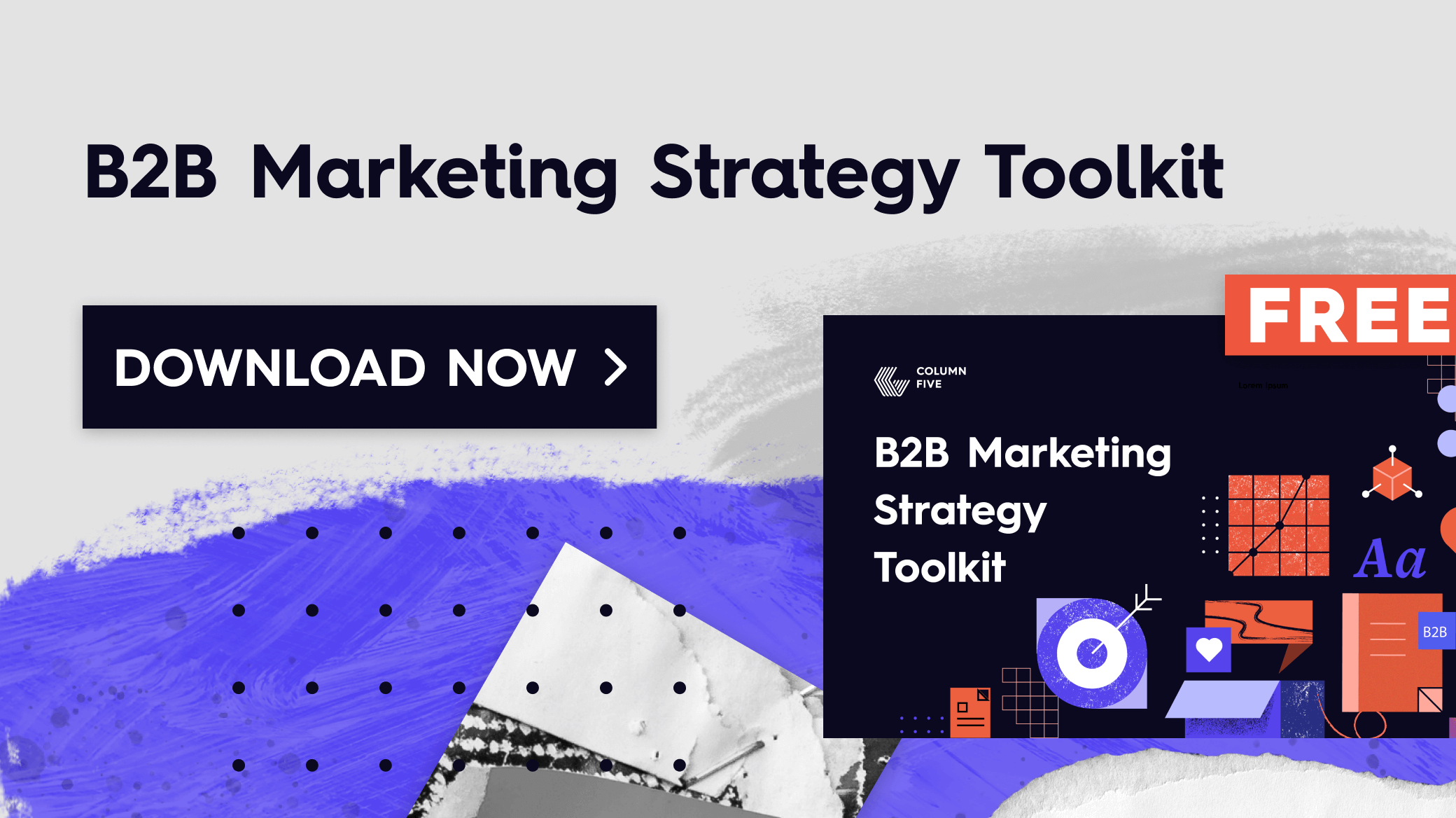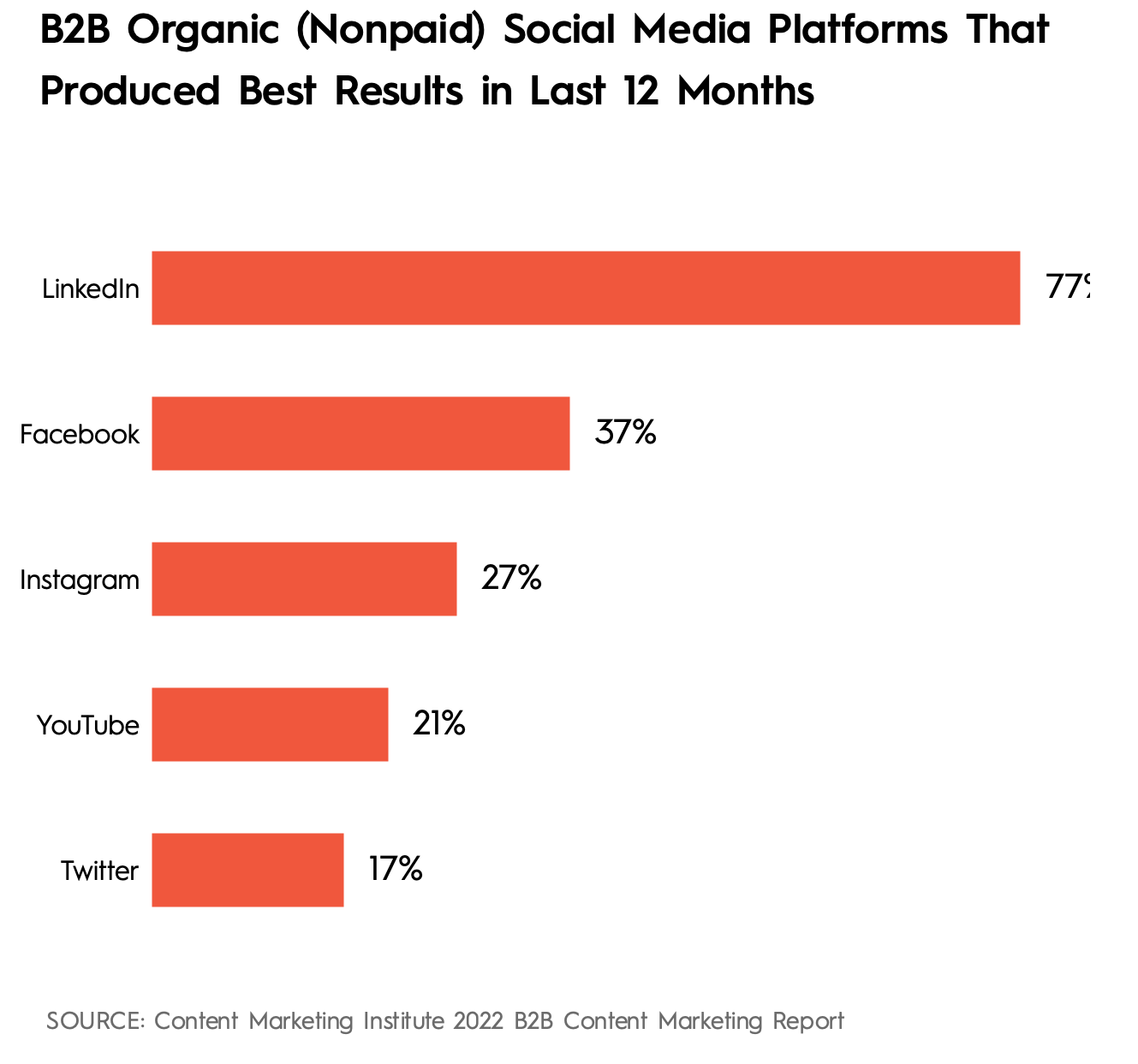How well do you know your target audience? Do you know what drives them? What pains them? How your brand can help them? Most importantly, do you know how to reach them? No matter how good your product or service is, if you can’t find your audience and connect with them through their preferred channels, you can’t succeed as a marketer. So when you’re planning your content strategy, one of the most important questions to answer is simple: Where does your audience spend their time?
If you’re not sure, don’t stress. Today, we’re sharing simple tips and tricks to find your audience, prioritize your best channels, and craft a strategy that will help you convert your audience from casual acquaintance to lifelong customer.

Why Does Finding Your Target Audience Matter?
You can come up with the best marketing ideas, and you can create the best content of all time, but if nobody sees it, it isn’t effective. Successful marketing is all about meeting your potential customer where they are. When you know what platforms your audience uses and what type of content they like to consume, you can…
- Target the best platforms. No one likes to waste time or money. Building a distribution strategy around your audience’s most popular platforms ensures you’re putting your energy in the right places, which ultimately improves your ROI.
- Tailor content to those platforms. We wish content marketing was a one-size-fits-all approach, but it’s not. The better you can tailor your content—both in subject matter and format–the easier it will be to grab and keep people’s attention.
- Increase engagement. When you know what platforms your audience prefers, you can tell a consistent story across those platforms to build a stronger relationship and (hopefully) convert people more easily.
In short, knowing where your target audience “lives” ensures the marketing work you do will actually pay off.
How to Find Your Target Audience
So how do you actually figure out where your prospective customers are? Use these five simple tactics to find your target audience, understand who they are, and serve up the best content for them.
1) Talk to your customers.
Yep, you gotta go old-school for this one. And, no, you don’t have to launch a full-scale study. Just a quick email or phone chat can suffice. Use these prompt questions to gain insights into how you might best connect with them:
- Where do you spend most of your time online?
- What publications do you read?
- Where do you get your news/info about [your industry]?
You can ask these questions casually, and the answers will be invaluable.
2) Dig into your data.
This is one of the best ways to understand your audience’s behavior. You already have access to a ton of great data via your site and social platforms, so dig in to see what insights may be helpful.
- Google Analytics: Where does the majority of your traffic come from? What social platforms drive the most traffic to your site? Where does your referral traffic come from? What content is most popular? This is crucial information to inform your distribution strategy.
- Social Analytics (Facebook, Instagram, LinkedIn, Twitter, YouTube, etc.): Every social platform gives you insights into your following, including who they are and how they behave. Which of your platforms has the most followers? Which platforms have the best engagement? Which platforms have the highest conversions? This information is super valuable. For example, you might have a larger Twitter following but a more engaged LinkedIn audience. That means you would probably be better off investing in paid media on LinkedIn than Twitter.
Note: These insights can inform your brainstorms too. Understanding your audience demographics, or seeing what content historically performs the best, can help you come up with great ideas that really resonate with the people you’re trying to reach.
For more, see our tips to determine the best channel for your content.
3) Research social platforms.
Although you can dig into your own social, it’s important to know where people are having the most interesting, relevant conversations related to your brand. From Twitter and Reddit to TikTok and Facebook, there are so many social platforms, but you don’t have to tackle each one. (In fact, it’s better to focus your efforts on a specific platform and grow from there.) That said, there may be platforms that are very popular with your audience but you’ve neglected or overlooked them entirely.
77% of marketers use social media advertising/promoted posts to connect with audiences.
—Content Marketing Institute’s 2022 B2B Content Marketing Report
Thus, doing your research on each platform is a great way to find the communities and conversations you want to be a part of. You can search:
- Hashtags
- Mentions
- Keywords
- Etc.
If you want some great pro tips, marketing expert Amanda Natividad published a fantastic Twitter thread on how to do a deep dive into every platform, including Twitter, Reddit, and more.

4) Look at the influencers in your space.
Think about the big players in your space—the thought leaders, tastemakers, etc. (Heck, where are the micro-influencers with devoted followings?) Where are they most active? Is it YouTube? Instagram? A podcast? Furthermore, what channels do they use to connect with their audiences? For example, a popular influencer might host a podcast that also has a very active subreddit.
Not only are these influencers potential partners for your brand but their platforms can be great places to connect with your community.
Only 22% of b2b marketers use Influencer partnerships. This is a huge opportunity.
–Content Marketing Institute’s 2022 B2B Content Marketing Report
5) Creep on your competitors.
Similar to influencers, your competitors can become your biggest source of inspiration or, rather, a great source of information to clue you into where your audience is, what content resonates with them, etc.
Tools like Buzzsumo are a great way to search specific competitors or industry keywords. (Their tool allows you to see what type of content is most popular, what platforms your competitors are on, and which platforms get the most engagement.)
Once you’ve identified where your competitors have the biggest audiences, do a full competitor content audit to see what types of content they’re creating, what they’re missing, and how you can fill the gap.
How to Connect With Your Audience
Once you’ve found where your audience lives, you need to engage them with a steady stream of quality content marketing. (You also need to build the infrastructure to create that content.) To do that…
- Create marketing personas. Use our free template to create unique marketing personas that detail your audience segments, as well as their wants/needs. These personas are a great tool to help you brainstorm and (most importantly) vet the ideas you come up with.
- Create valuable content. If your content isn’t working, it’s probably because people aren’t connecting to it. Whether you’re solving a problem, educating, or entertaining, your content needs to serve some specific purpose. If you’re not sure what that looks like, follow these tips to create content people actually want. You can also use tools like Answer the Public to find out what questions people are asking about specific topics.
- Say the right thing at the right time. You ultimately want to build a community of lifelong fans. To do that, you need to tell the right stories that will move them along the path to purchase. Use our free template to map your buyer journey, craft strong brand messaging that emphasizes your value, and learn how to write compelling copy that converts.
- Craft a strong distribution strategy. With the insights you’ve gained about your audience, you need to have a proper distribution plan to make sure your content gets the right eyes on it. Start with our simple guide to build a distribution strategy that works.
And if you need more help than you have in-house, bring in an expert partner. Use our tips to find an agency with the right expertise, or find out what it’s like to work with us on a content strategy. Most importantly, remember that your audience may evolve over time. Continue to listen to them, interact, and solicit their feedback to shape your content strategy and generate great content that really moves the needle.





